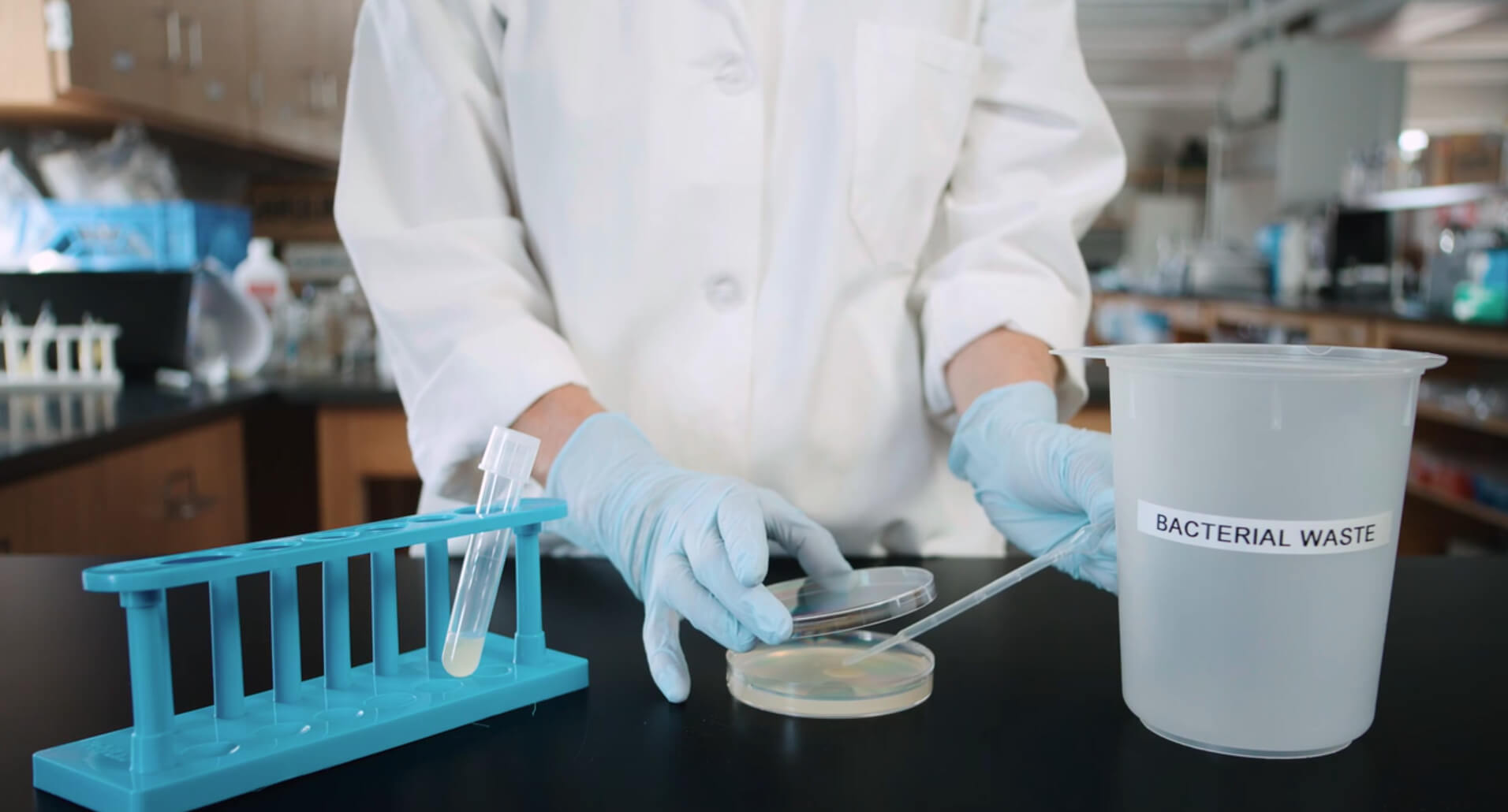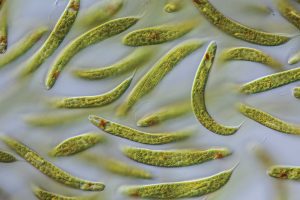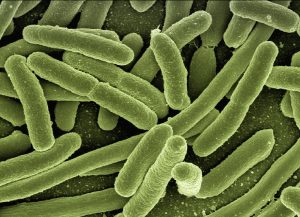Carolina LabSheets™
Overview
In this lab students are introduced to the Domain Bacteria (Eubacteria). They will make smears of bacteria on microscope slides from pure cultures, perform a simple stain, and observe their stained slides under a microscope. The stained slides are best observed at 700–1000× with oil immersion; however, they can be viewed under a normal high-power lens (400–450×).
Needed Materials
- Introductory Bacteria Set, Plate Cultures (154756) Bacillus subtilis (rods), Micrococcus luteus (spheres), and Rhodospirillum rubrum (spirals)
- crystal violet (867485)
- microscope slides
- inoculating loops
- beakers or cups
- droppers
- deionized water
- Bunsen burners or
- alcohol lamps
- clothespins or slide holders
- microscopes with oil-immersion lenses
- immersion oil
- lens paper for cleaning oil-immersion lens after lab
- bibulous paper (preferred) or paper towels
- disinfectant (70% ethanol)
- wax pencils or gummed labels
Optional Materials
Although crystal violet is recommended for this activity, several other stains can be used, including methylene blue, basic fuchsin, and toluidine blue. If using toluidine blue, increase the staining time to 2 minutes.
These instructions are written for the use of plate cultures; however, the Introductory Bacterial Set is also available as tube cultures (154755). If using tube cultures, students have to flame the mouth of the culture tube when inserting the inoculating loop and after withdrawing it and recapping the tube. Also, each workstation would need a test tube rack to hold the tube culture. See our Carolina™ Techniques for Studying Bacteria and Fungi manual for more details on the proper handling of tube cultures.
Safety
Ensure that students understand and adhere to safe laboratory practices when performing any activity in the classroom or lab. Demonstrate the protocol for correctly using the instruments and materials necessary to complete the activities, and emphasize the importance of proper usage. Use personal protective equipment such as safety glasses or goggles, gloves, and aprons when appropriate. Model proper laboratory safety practices for your students and require them to adhere to all laboratory safety rules.
This activity requires that students work with bacterial cultures and open flames. Have students use sterile technique at all times and wear appropriate safety equipment. Have them wipe down all work surfaces with disinfectant before and after the lab and wash their hands before and after the lab. Disinfect cultures and any contaminated items remaining at the end of the lab by autoclaving or by flooding with disinfectant overnight before proper disposal.
Procedures
Students can work individually or in groups of three with each student in a group being responsible for preparing and staining one slide.
Set up three workstations, each with a different type of bacteria, and the following:
- inoculating loop
- burner
- clothespin or slide holder
- beaker of deionized water with dropper
- microscope slides
- bibulous paper or paper towel
- stain
- wax pencil or gummed labels
- sink (for rinsing stain from the slides)
Optional:
The stained slides can be made permanent by placing a drop of mountant over the dry, stained smear and adding a glass coverslip. Students can observe the motility of Rhodospirillum by making a wet mount without staining.
Answer Key to Questions Asked on the Student Labsheet
- Record your observations of color or any other features of the bacterial growth that might distinguish it from the growth of other bacteria.
Colonies of Bacillus subtilis are white, Micrococcus luteus are yellow, and Rhodospirillum rubrum are pink. - Describe the shapes of the bacteria you have observed.
Bacillus subtilis rods, dashes
Micrococcus luteus spheres, dots, circles
Rhodospirillum rubrum spirals, curls, corkscrews - Use your textbook or other resource(s) to give at least three additional ways that bacteria species may differ from one another. (Any reasonable answer should be accepted.)
Difference 1: Some have flagella and are motile. Others lack flagella.
Difference 2: Some are Gram positive and some are Gram negative.
Difference 3: Some can produce endospores and others cannot. - Bacteria are one of the domains of life. What are the other two?
Archaea and Eukarya - Why did you stain the bacteria? If you are uncertain of the answer, make another slide but omit the stain.
In addition to being so small, bacterial cells are almost colorless and show little contrast against the background when viewed with standard bright-field illumination. Staining makes them easier to see
RELATED PRODUCTS
Microbiology Resources

Lab Skills: Aseptic Technique

Protists: Key to Algae Mixtures

Bacterial Growth on MacConkey Agar

Introduction to Protists: Euglena

Introduction to Prokaryotes: Cyanobacteria

Introduction to Prokaryotes: Bacteria

Introduction to Fungi

Introduction to Prokaryotes: Archaea






